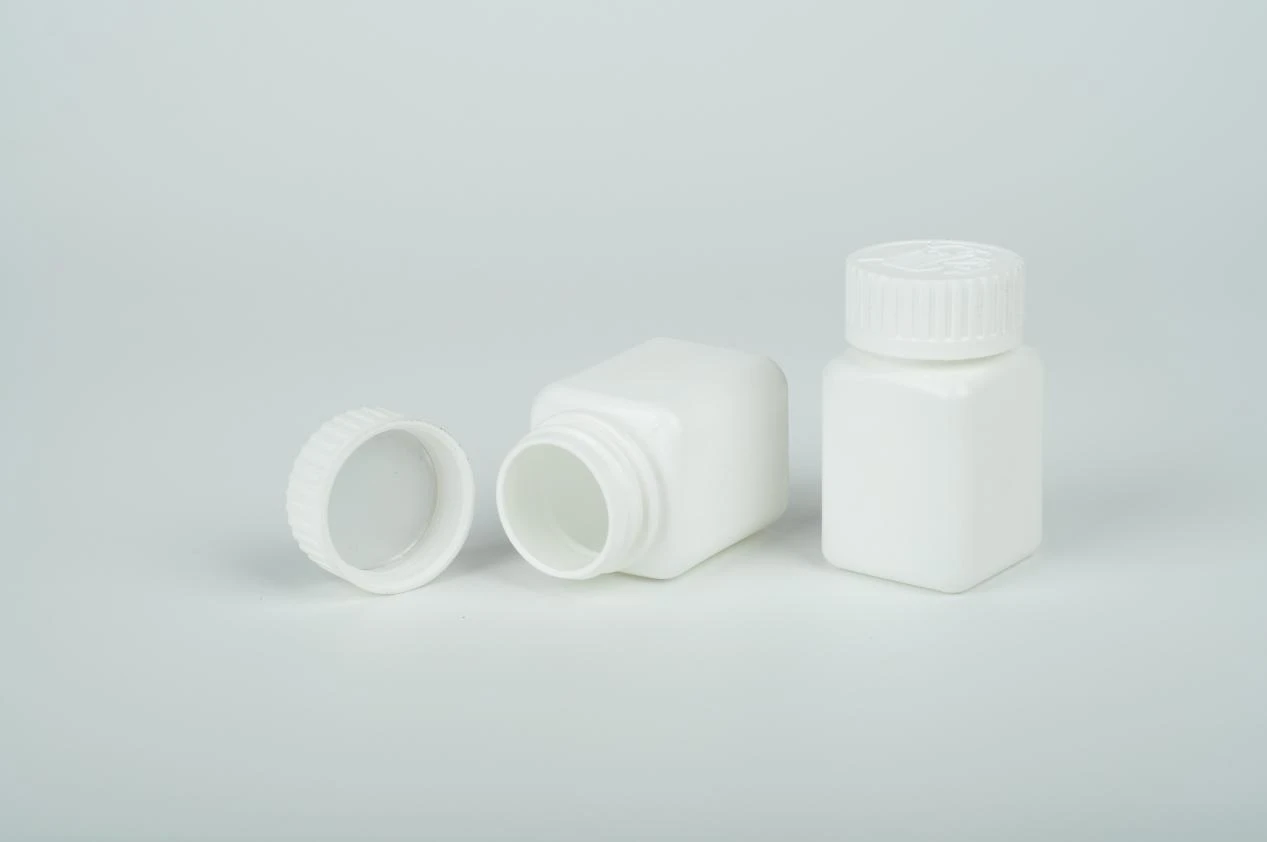culture swabs and transport tubes
The Importance of Culture Swabs and Transport Tubes in Microbiology
In the realm of microbiology, the collection, transport, and preservation of samples are critical for accurate diagnosis and research. Culture swabs and transport tubes have emerged as essential tools that streamline these processes, enabling microbiologists to obtain reliable results while ensuring the integrity of samples collected from diverse environments.
Understanding Culture Swabs
Culture swabs are sterile tools designed for the collection of biological specimens, such as bacteria, viruses, and fungi, from various surfaces or individuals. These swabs are typically made of a flexible shaft with a absorbent tip, often composed of materials like cotton, foam, or Dacron. Each type of swab may be specifically tailored for different applications—from throat swabs for strep throat testing to wound swabs in clinical settings.
The design of culture swabs is crucial, as the type of material used affects the retrieval and subsequent growth of microorganisms. Dacron swabs, for instance, are preferred over cotton because they do not inhibit the growth of certain bacteria, ensuring that the collected sample is viable for culture. The choice of swab can significantly influence the accuracy of patient diagnoses and the reliability of microbiological research.
The Role of Transport Tubes
Once a sample is collected using a culture swab, it must be transported to a laboratory for analysis. This is where transport tubes come into play. These tubes are specially designed to preserve the viability of microbial specimens during transit. They typically come pre-filled with a suitable medium that nourishes the microorganisms while preventing contamination and deterioration.
culture swabs and transport tubes

Different transport media are developed for specific types of specimens. For example, viral transport media (VTM) are formulated to preserve viruses for longer periods, making them suitable for tests like PCR (Polymerase Chain Reaction) that require intact viral particles. Similarly, for bacterial specimens, there are specific transport media that facilitate the survival of bacteria without promoting their overgrowth, which could lead to misleading results.
Best Practices for Sample Collection and Transport
To ensure the quality of samples collected using culture swabs and transported in tubes, microbiologists and healthcare personnel should adhere to best practices. First and foremost, proper training on how to collect samples is essential. Swabs should be used according to guidelines to avoid contaminating the specimens. For instance, when collecting a throat swab, the swab should not come into contact with the tongue or inside of the cheeks, as this may lead to false positives.
After sample collection, the swab should be immediately placed into a sterile transport tube. It is critical to ensure that the tube is securely sealed to prevent leakage and contamination. Labeling the transport tubes accurately with patient information and sample details is also crucial for identifying specimens during analysis.
Moreover, timely transportation of samples to the laboratory is vital. Many microorganisms are sensitive to temperature and time; thus, reducing the time between collection and processing can significantly enhance the chances of isolating viable pathogens. In cases where immediate transport is not possible, samples should be stored at appropriate temperatures according to established guidelines.
Conclusion
Culture swabs and transport tubes are integral components in the field of microbiology, playing a pivotal role in the accurate diagnosis and intimate understanding of infectious diseases. As technology advances, the development of more sophisticated swabs and media continues to improve the reliability and efficiency of microbiological testing. For healthcare professionals, mastering the techniques of sample collection and transport is essential, as these practices directly impact patient outcomes and the overall quality of diagnostic methodologies. In essence, a meticulous approach to using culture swabs and transport tubes fosters a culture of precision in microbial diagnostics, which is foundational in combating infectious diseases effectively.
-
Aesthetic Makeup Spray Bottles | Fine Mist Empty RefillableNewsAug.19,2025
-
White Plastic Veterinary Vaccine Vials | Lab Liquid BottlesNewsAug.18,2025
-
Plastic Medicine Liquid Bottle: Secure Flip Top Drug VialsNewsAug.17,2025
-
Durable 250ml Blue Plastic Vaccine Vial for Lab & Vet UseNewsAug.16,2025
-
Sterile Virus Sample Tubes: Secure & Reliable Specimen CollectionNewsAug.15,2025
-
White 250ml Plastic Vaccine Vial for Lab & Vet MedicineNewsAug.14,2025
























